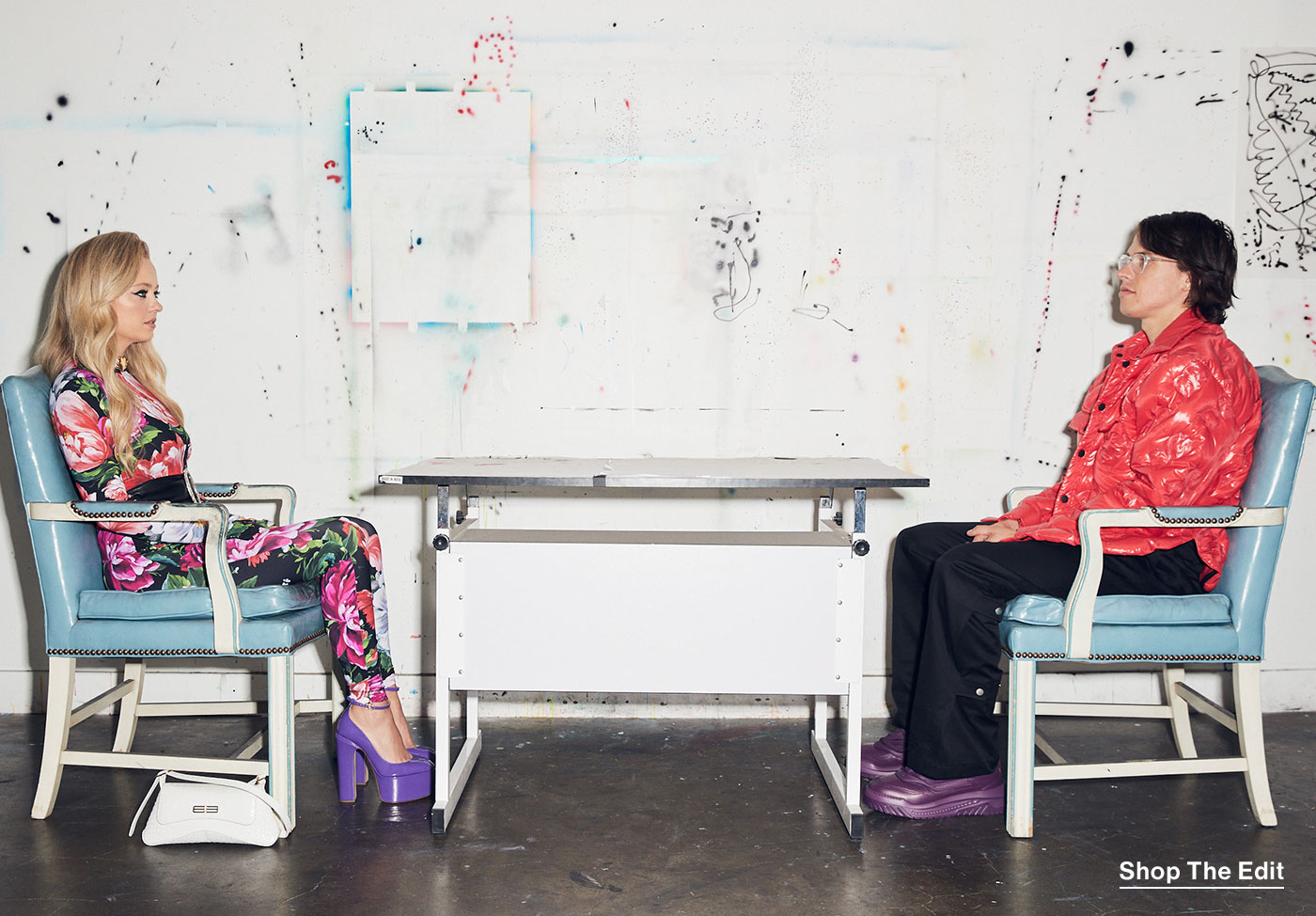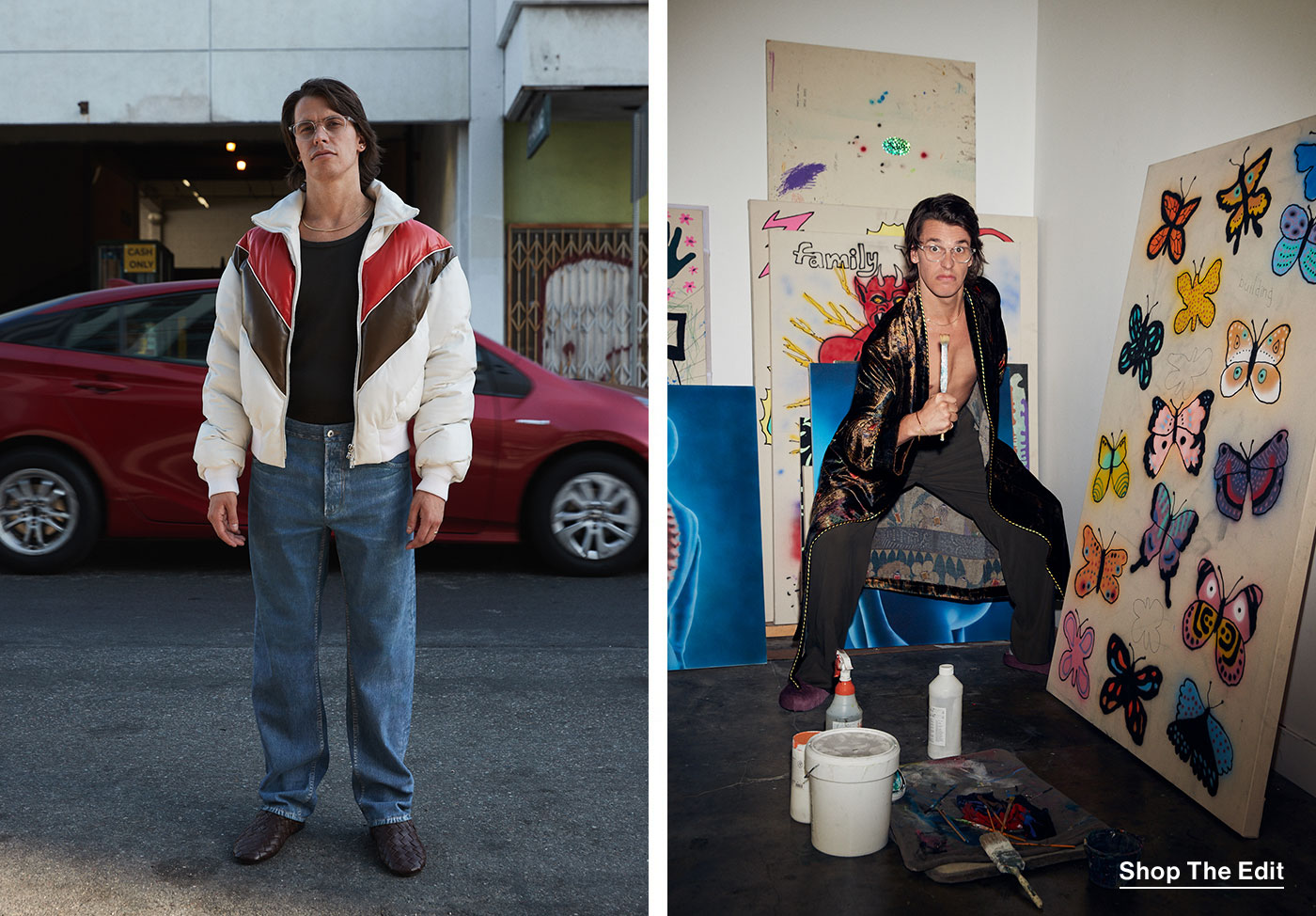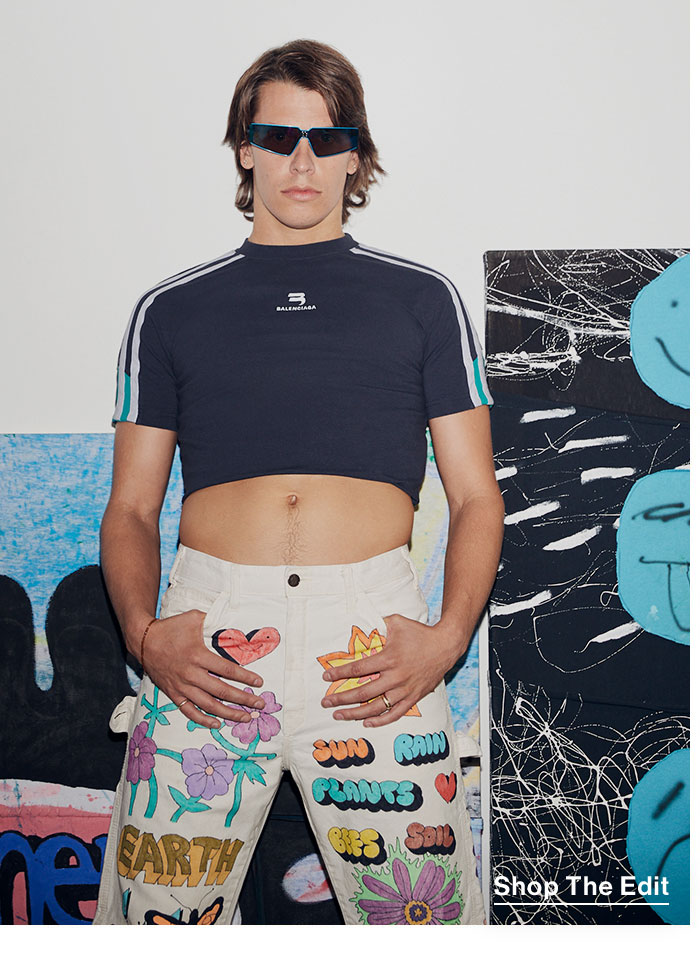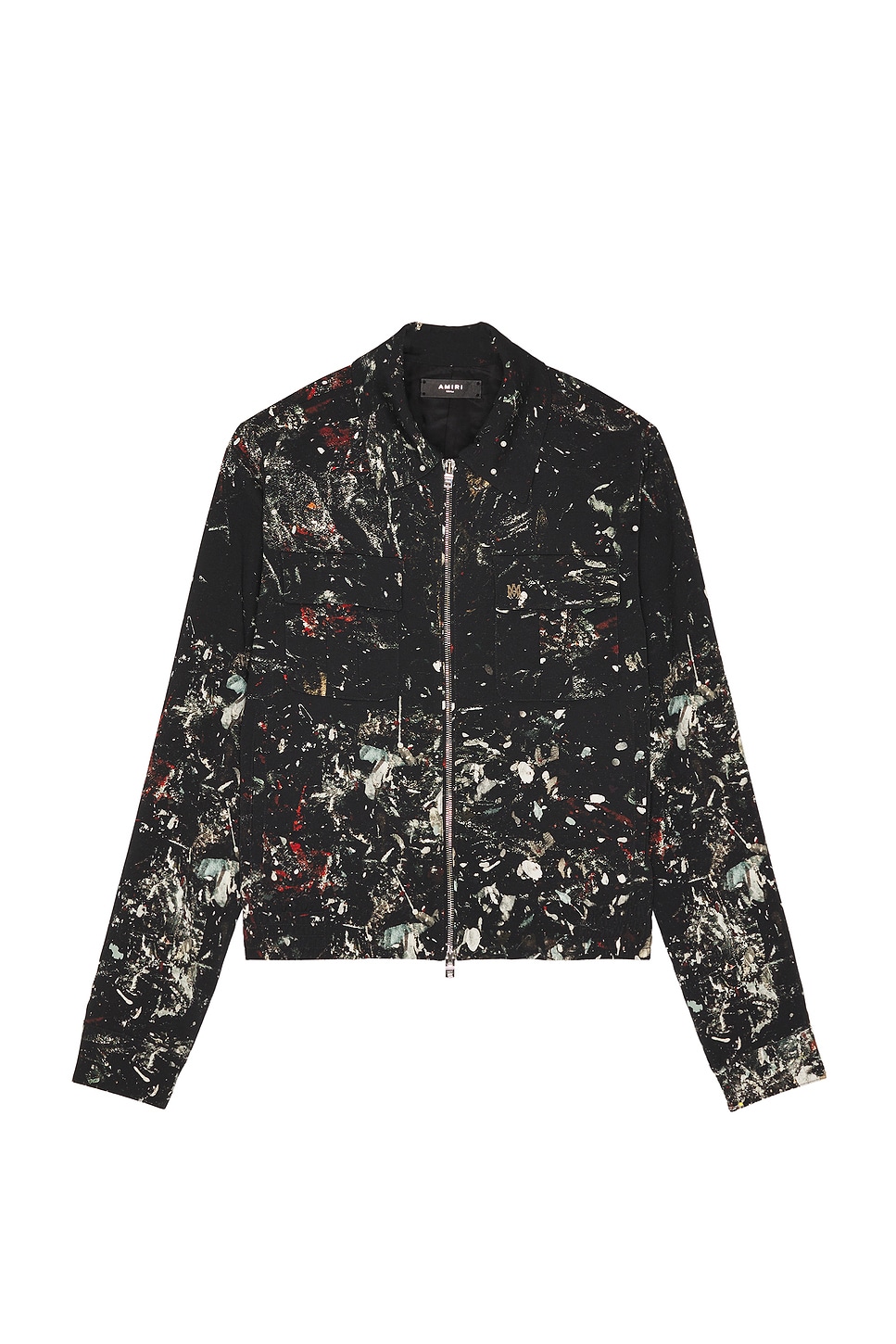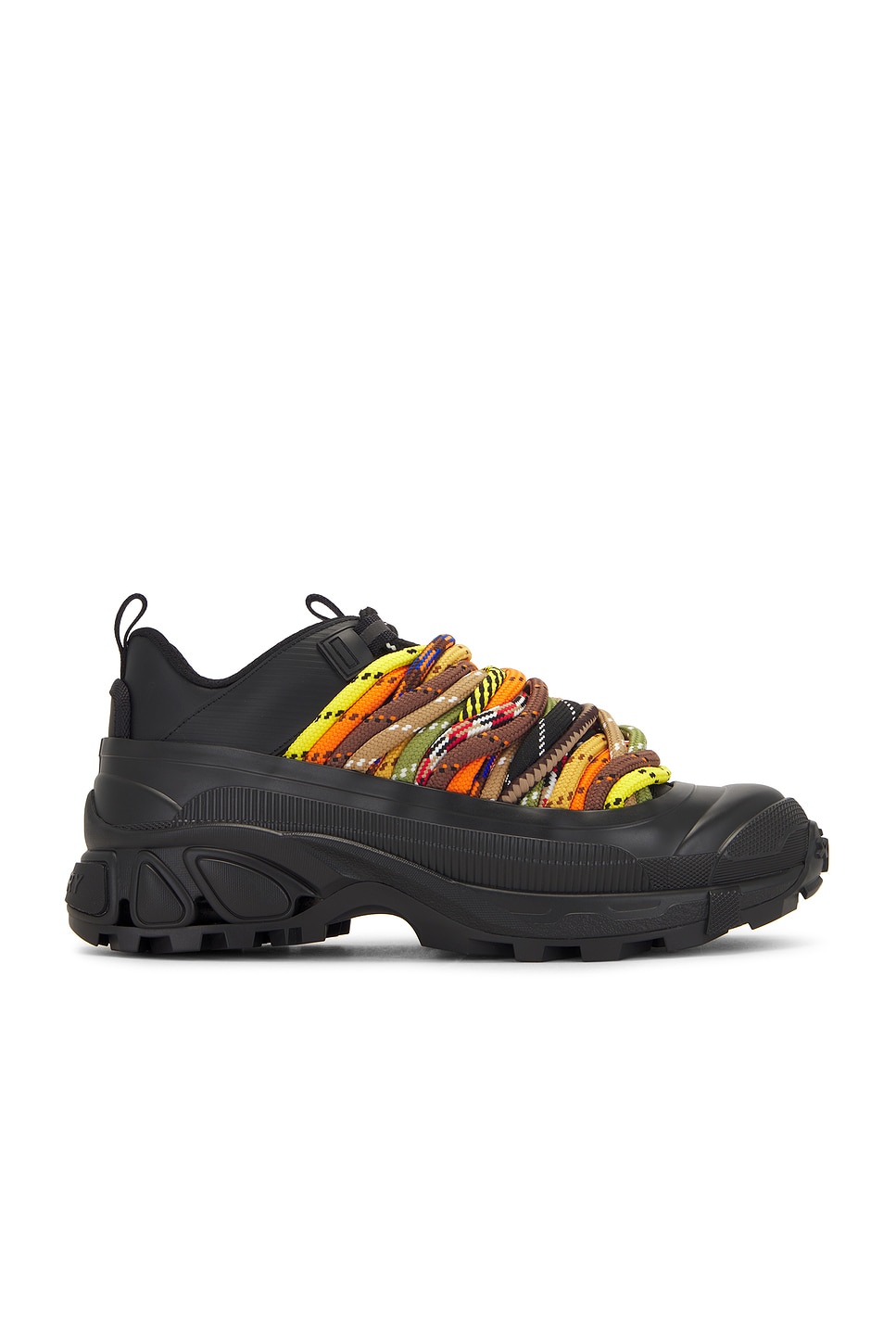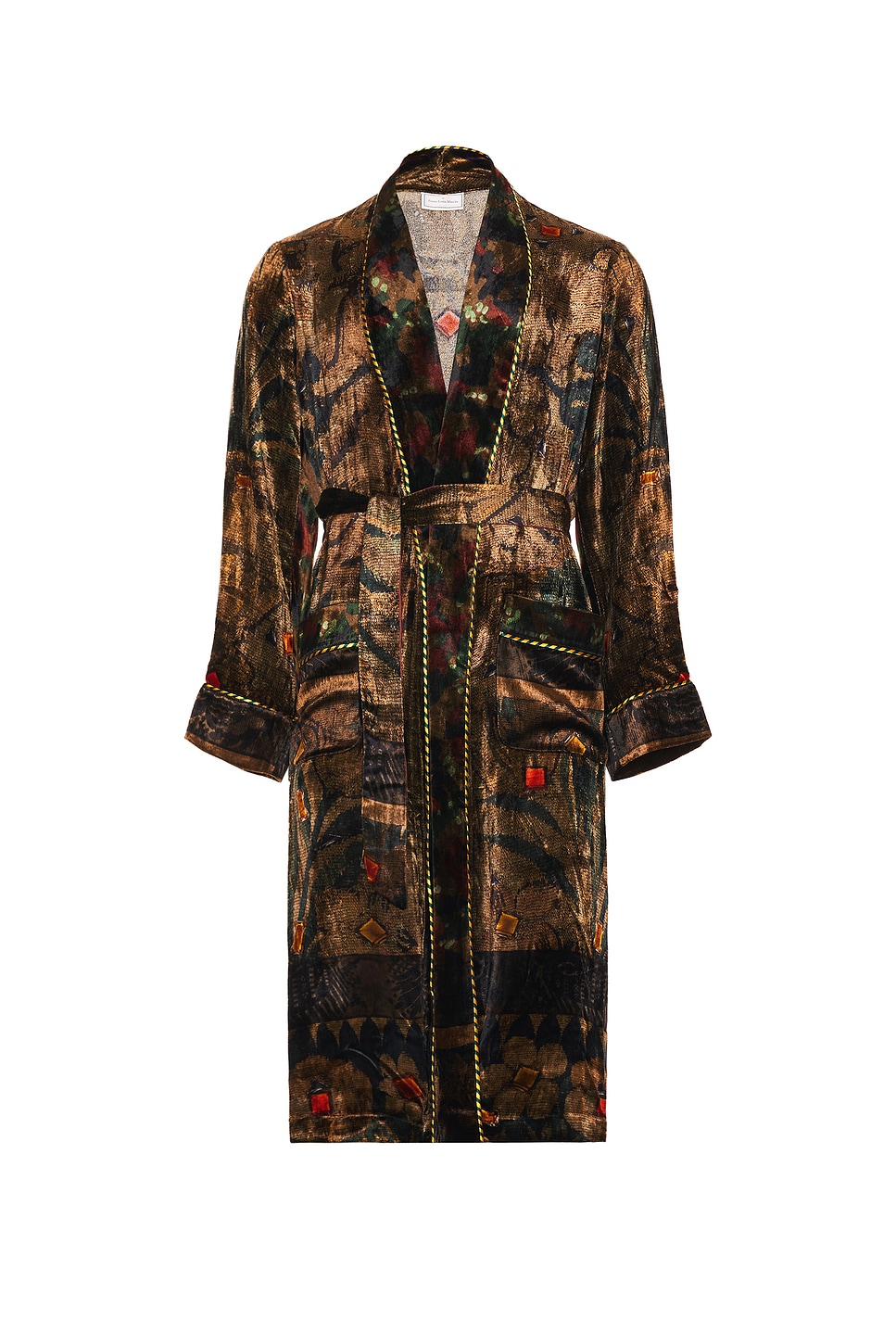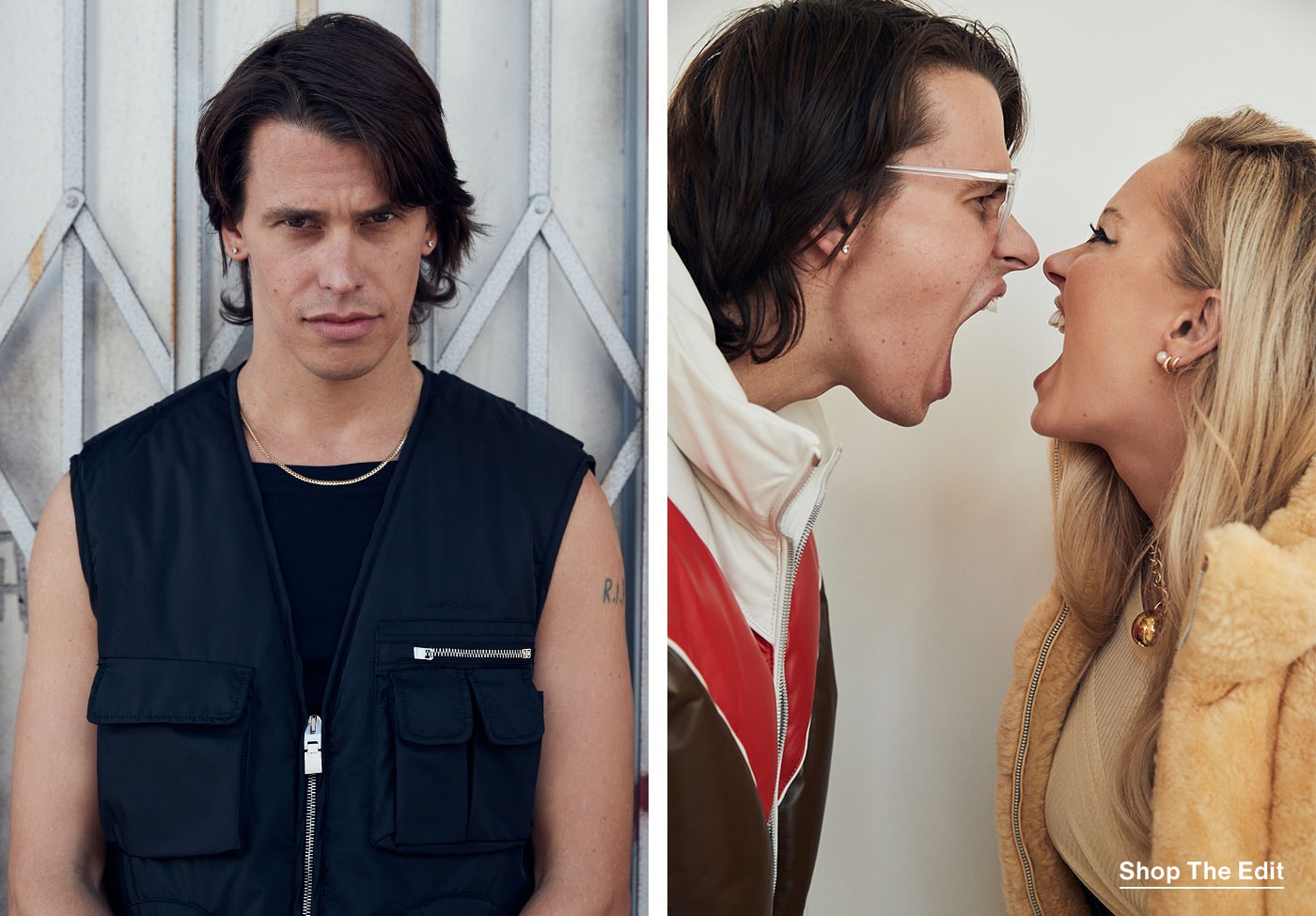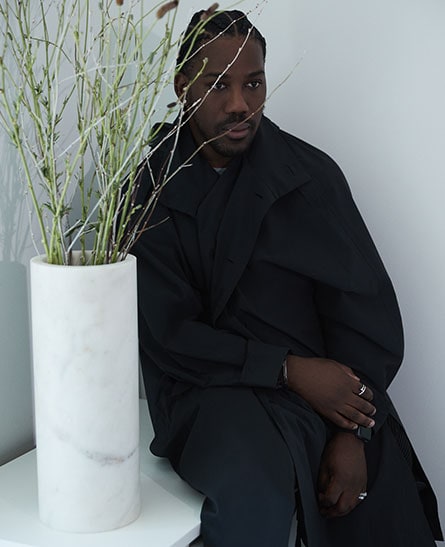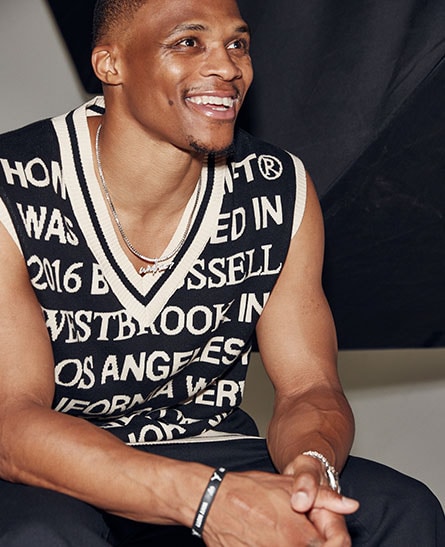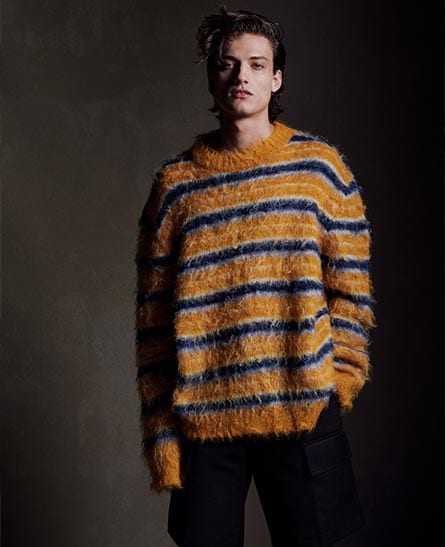Always be creating with Stefan Meier
Stefan Meier talks with us about how his love of art and fashion has come full circle
All good songs do two things. First, on a superficial level, they sound good. They’re catchy, surprising, fresh, they’re a tune that you don’t mind listening to over and over again. Second, they convey ‘something’ – A feeling, an emotion, an idea, often the vaguer and more open to interpretation, the better. It’s the first part that initially attracts you to a song and the second part that keeps you coming back.
While he’s a visual artist and not a musician, after spending the day in Stefan Meier’s studio, it becomes easy to think of his artwork in this context. On the surface level they are vibrant, irreverent, colorful and simple. ‘Pop culture cave paintings’ he jokingly describes them. They are enticing enough to capture your attention, yet there’s a vague undertone of emotion happening within them. Something that is only there if you’re looking for it. Is it a political message? A sexual inference? Or is it just a good time? The value is in that it can exist as all these things at once, open for interpretation. Like music, art is at its best when there is a dichotomy at play beneath a superficial surface.
The last few years have seen Stefan’s work take a meteoric rise. He recently did a collaboration with Netflix to launch the most recent seasons of Stranger Things, he has tastemakers like Sean Wotherspoon hitting him up for custom pieces, and he has a yet to be announced collaboration with a celebrated high-end French fashion designer launching in December.
Yet Stefan initially didn’t plan on being an artist. He wanted to make clothes. He was obsessed with fashion as a kid, and started screen-printing his own designs in high school before attending Columbia College in Chicago and getting a degree in fashion studies. While in college Stefan developed an intense interest in Basquiat and the dedication he had for his work. After watching a documentary on the artist, Stefan began carrying a sketchbook with him everywhere he went and drawing as often as he could. He decided to put clothing on hold and dedicate all his time to drawing, convinced if he committed fully to it he would achieve success as an artist.
He moved to LA without much of a plan, cold-calling Bernhard Willhelm’s studio and getting a position there before moving on to work with David LaChappelle. Stefan took inspiration from these artists’ multi-disciplinary approach and began applying that to his own work. He returned to clothes not so much as fashion but to apply his fine art finesse onto a different canvas. Ironically, it was this return to clothing, albeit in a new context, that started to get him noticed and gain him traction in the art world.
However, Stefan doesn’t see much difference between fashion and art. He cites flexibility as something he’s always striving for in his creations, not letting himself feel defined by a singular medium or aesthetic. “I make a conscious effort of going with my gut and trying different ideas and seeing where they take me.” It’s this constant willingness to challenge his very perception of what constitutes art that’s impressive. His studio is littered with different creative experiments. He’s working on a custom shoe, he’s stretching t-shirts over canvas, he’s doodling in old National Geographic books, he is toying with an idea for an app. He’s in constant creative motion, but to Stefan, they are all part of the same process. “LaChappelle once told me to always be borrowing from yourself and that really stuck.”
Recently married to fellow artist, Taylor Marie Pendergast, Stefan cites her as another crucial source of inspiration. “Taylor used to not like my art” he laughs. “Which actually I get now, I don’t like much of my old stuff anymore anyways. But As we’ve grown it’s become cool to bounce ideas off each other and challenge each other.” The two artists share a similar commitment to their craft as they do to one another. They share a loft in DTLA a mile from their studio, where they work about 60 feet apart. They very much live, eat, and sleep their practice. They do it while most others just talk about it. They put in the work, constantly challenging themselves. It’s in this that they have found success. Stefan’s quick to talk about how the smallest, most innocuous art pieces have often snowballed into his biggest opportunities. It’s the little things. The constant creation, the dedication to challenging themselves. In this era of artistic disillusionment, it’s nice to see hard work and a devotion to the craft paying off.
